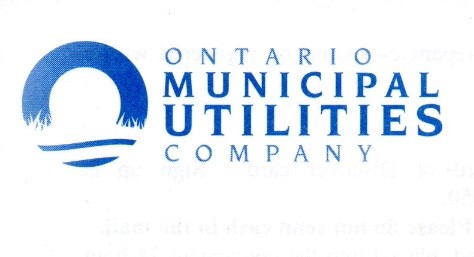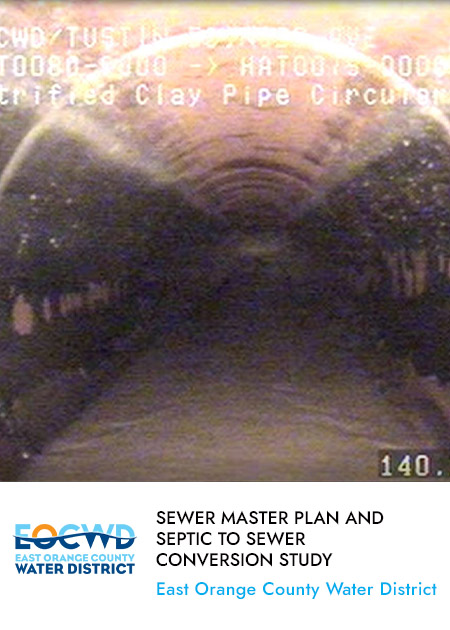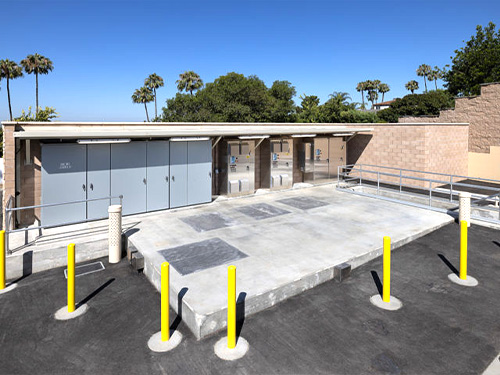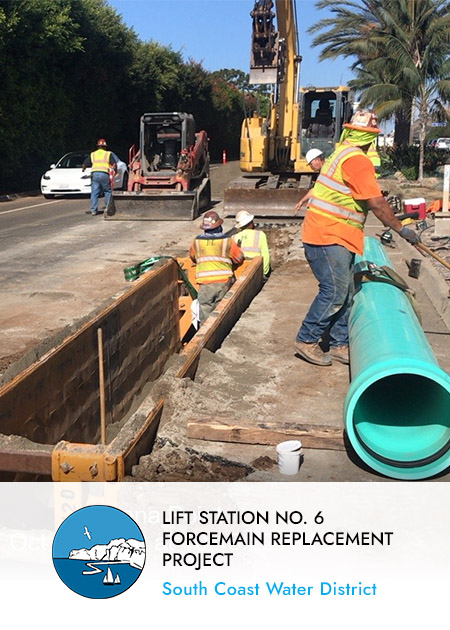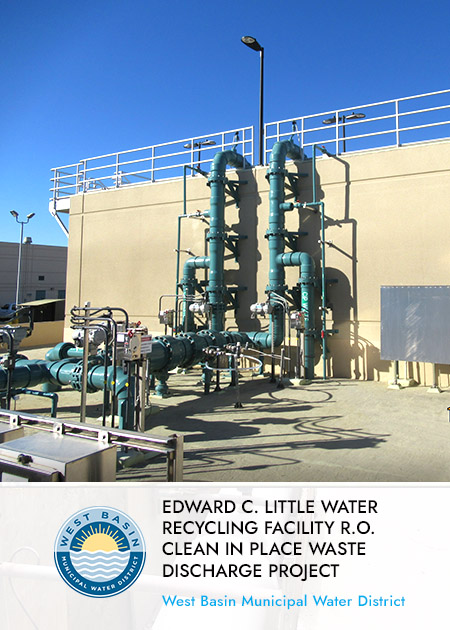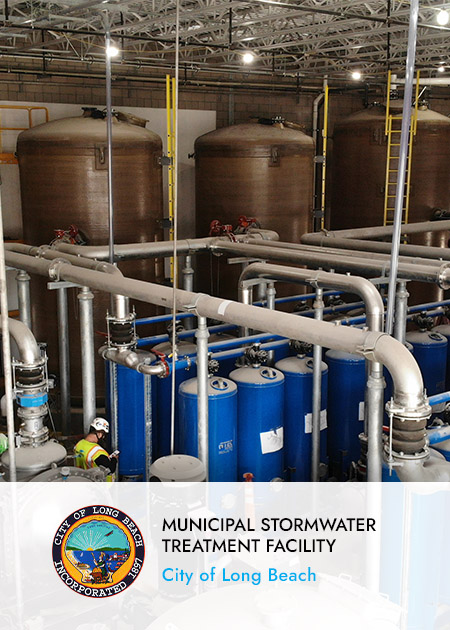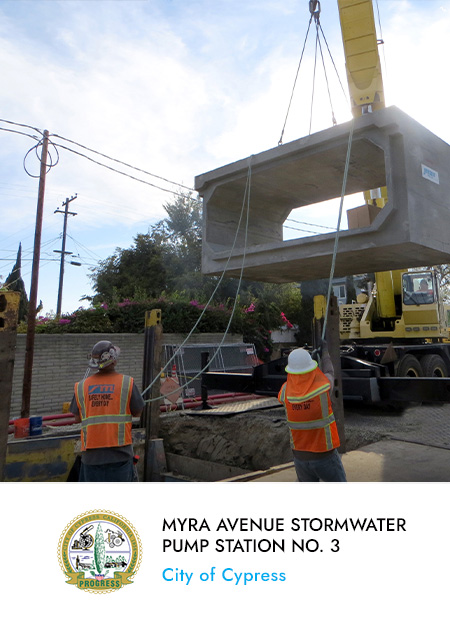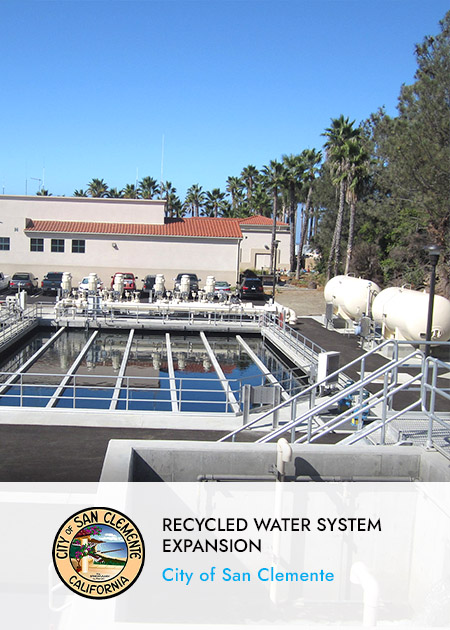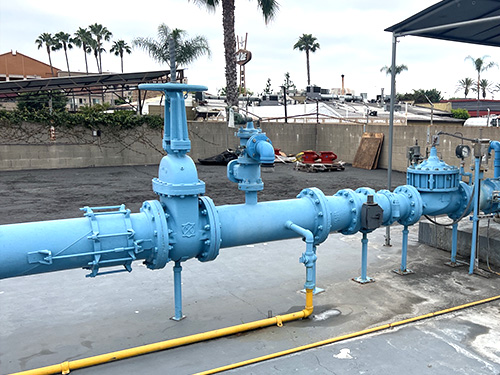Project Description
The City of Ontario provides water service to an area 31,345 acres. The existing population is 182,900 and is primarily concentrated in the northern portion of the City, referred to as the Original Model Colony. The southern portion of the City (Ontario Ranch) primarily consists of agricultural land uses but is planned to be developed over the next 20 years. With the development of Ontario Ranch, the ultimate City population is estimated at 372,000.
The existing potable water system consists of five (5) pressure zones, 584 miles of transmission and distribution pipe ranging in size from 2-inches to 42-inches in diameter, seventeen (17) active wells, twelve (12) reservoirs, six (6) active booster pump stations, 15 pressure reducing stations, seven (7) imported water connections, two (2) ion exchange treatment facilities, and 36,000 water service connections. The existing potable water demand is 33,200 AFY, which is supplied by 10,400 AFY of imported water and 22,900 AFY of local groundwater. Potable water demand will increase to 57,610 AFY at ultimate development of the service area. The City extracts groundwater from the Chino Groundwater Basin, and purchases imported water from the Water Facilities Authority and the Chino Basin Desalter Authority.
In conjunction with City staff, AKM developed detailed water use estimates for the City’s ultimate expected population. A number of resources were used to develop demand estimates for each type of land use specified in the City’s latest General Plan. A technical memorandum was submitted detailing each step taken in developing the demand factors.
AKM created a new hydraulic model in InfoWater using the City’s current Water GIS, as-built plans, recent water sales information, the latest General Plan land use, and current well, booster pump station, and pressure regulating station operational settings. Diurnal patterns for each pressure zone were developed from SCADA data, and diurnal patterns for high water users and residential usage were developed with the City’s advanced metering infrastructure (AMI). The model calibration effort included the installation of 30 portable pressure data loggers. Adjustments were made to the model such that the model pressures were within 5% of the field data and the model reservoir levels were within 1 foot of the SCADA data.
The City’s criteria was updated and then used to conduct analyses of the existing system. Extended period analyses were run for average day, maximum day and maximum day plus fire flow conditions.
AKM is also Ontario’s on-call consultant for maintaining the water system model, and often perform future system analyses and fire flow runs for the City.
Project
Client
